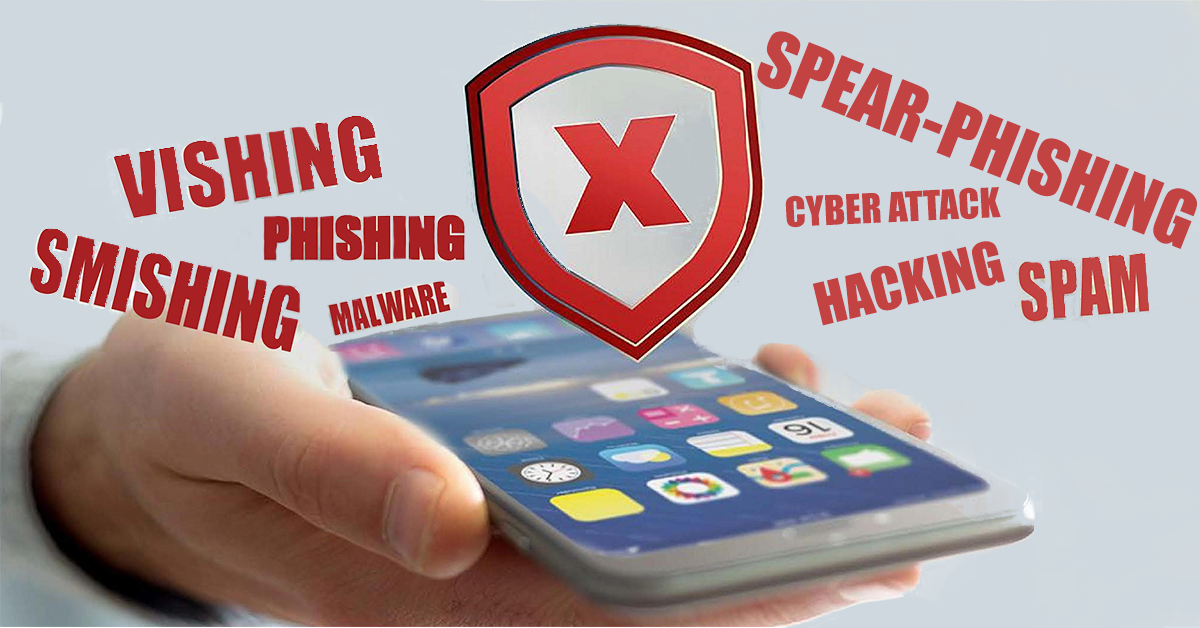In today’s interconnected digital landscape, the terms “vishing” and “phishing” have become increasingly prevalent, posing significant threats to individuals and organizations alike. Vishing, short for voice phishing, and phishing, an age-old cyber attack technique, leverages cunning strategies to exploit human vulnerabilities. This article delves into the intricacies of these threats, shedding light on their methods, impacts, and ways to stay protected.
Understanding Phishing
Phishing is a deceptive practice where cybercriminals masquerade as trustworthy entities to manipulate individuals into divulging sensitive information, such as usernames, passwords, or financial details. These attacks often occur through deceptive emails, messages, or fake websites designed to mimic legitimate sources.
Common Phishing Techniques
Phishers employ a variety of techniques to deceive their targets, including:
Email Spoofing: Attackers forge emails to appear as if they’re from a legitimate source, tricking recipients into clicking malicious links or providing confidential information.
Spear Phishing: A targeted form of phishing where attackers customize their approach based on specific information about the target, making the deception more convincing.
Clone Phishing: This involves creating a near-identical copy of a legitimate message or website and exploiting the familiarity to deceive individuals.
Smishing: utilizing SMS text messages to deliver phishing scams, taking advantage of the prevalence of mobile devices.
Angling:
Attackers craft messages that play on emotions, such as fear or greed, to manipulate victims into acting without thinking.
Understanding Vishing
Vishing takes the phishing concept a step further by employing voice communication, typically over the phone. Cybercriminals use social engineering tactics to manipulate individuals into revealing personal information or performing actions that could compromise their security, such as downloading malware or transferring money.
Common Vishing Techniques
Vishing attempts often involve the following tactics:
Caller ID Spoofing: Attackers manipulate caller ID information to display a trusted number, increasing the likelihood that the victim will answer the call.
Impersonation: Cybercriminals often pose as authoritative figures, such as bank representatives or government officials, instilling a false sense of urgency to coerce victims into providing sensitive information.
Urgency Tactics: Attackers create a sense of urgency, claiming that immediate action is required to prevent dire consequences, such as account closure or arrest.
Scare Tactics: Cybercriminals may instill fear or panic by claiming that the victim’s identity has been compromised or that their device is infected with malware.
Protecting Against Vishing and Phishing
While cybercriminals continue to refine their techniques, there are effective ways to protect against vishing and phishing attacks:
Be skeptical: Exercise caution when receiving unexpected messages or calls, especially if they demand urgent action or request sensitive information.
Verify Contacts: Before sharing any information, independently verify the legitimacy of the person or organization contacting you. Check the sender’s email address, phone number, or website for inconsistencies.
Hover Over Links: Before clicking on any links, hover your mouse over them to reveal the actual URL destination. If the URL looks suspicious or doesn’t match the expected destination, do not click on it.
Never Share Sensitive Information: Legitimate organizations will never ask for sensitive information, such as passwords or financial details, through unsolicited emails or phone calls.
Use Secure Communication Channels: When accessing sensitive information or performing financial transactions, always use secure websites with HTTPS in the URL and a valid security certificate.
Employ Security Software: Utilize reliable antivirus and anti-phishing tools to provide an additional layer of defense against potential threats.
Educate and Train: Organizations should prioritize cybersecurity awareness training to empower employees and individuals with the knowledge to identify and avoid phishing and vishing attempts.
Report Phishing and Vishing Attempts: Report any phishing or vishing attempts you encounter to the appropriate authorities or organizations to help them track and disrupt these scams.
As cyber threats continue to evolve, understanding the nuances of vishing and phishing is crucial for staying one step ahead of cybercriminals. By fostering a culture of cybersecurity awareness, implementing best practices, and staying vigilant, individuals and organizations can significantly reduce their risk of falling victim to these sophisticated attacks.
#Phishing #Vishing #Cybersecurity #CyberThreats #SocialEngineering #OnlineSecurity #CyberAwareness #ProtectYourself #DigitalSafety #InfoSec #StayVigilant #SecurityTips




